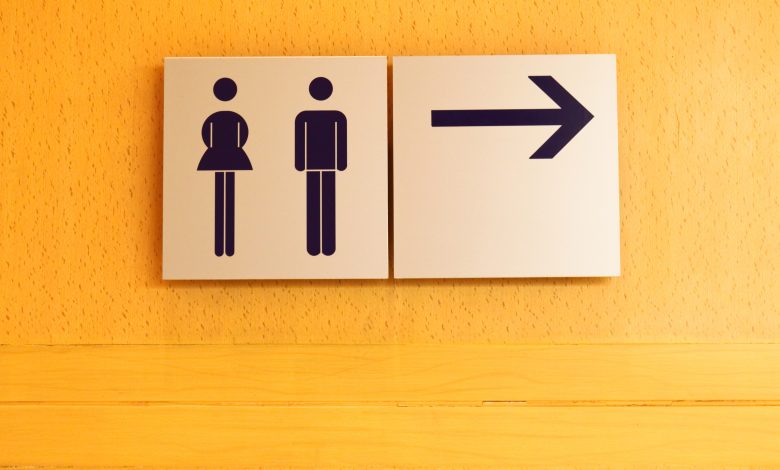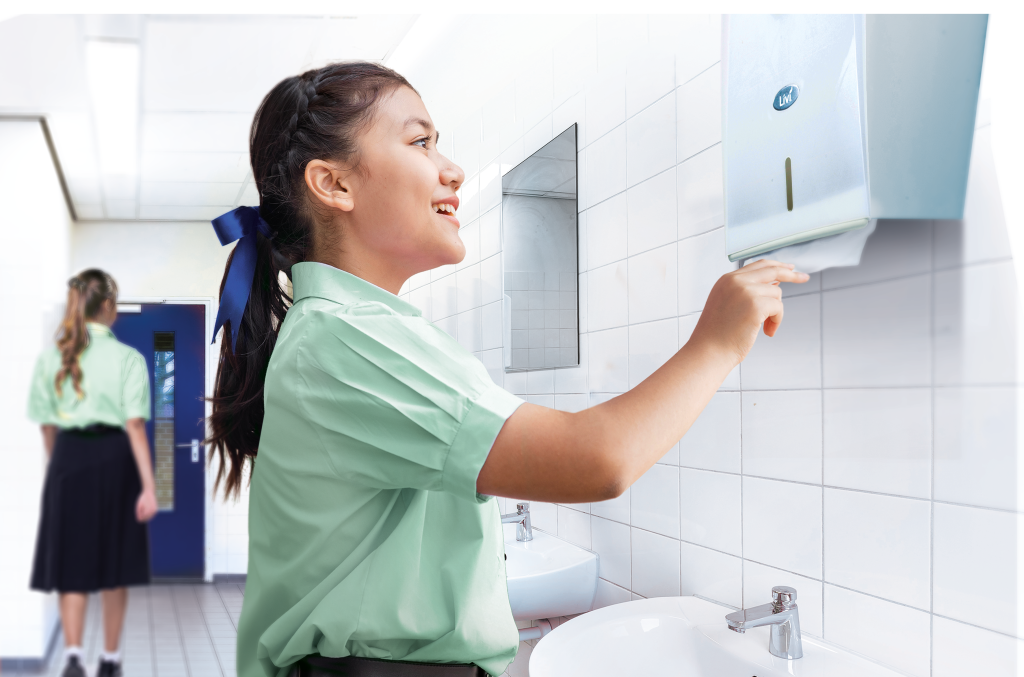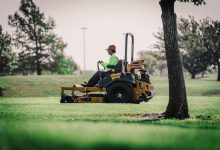
School bathrooms can quickly become dated at best, or at worst, a barrier to student welfare.
In a 2021 study, 90 percent of students surveyed said that they had been impacted emotionally and physically by the poor state of their school toilets.
Read the latest print edition of School News HERE
Based on research with more than 4000 parents and more than 3800 children in Poland, the UK, India and South Africa, the report highlighted that poorly maintained school toilets can not only make children unhappy, they can negatively impact their school achievement and wellbeing.
Significantly, 89 percent said their school toilets were ‘neglected’ with missing or broken items, and 78 percent felt unsafe in school toilets due to poor lighting or lack of doors.
The survey also revealed that poorly maintained school toilets were affecting children’s wellbeing and making them adopt unhealthy habits. Of the students surveyed, 30 percent reported ‘discomfort’ and struggling to concentrate during class due to ‘holding it in’ in an effort to avoid using school facilities. Alarmingly, 12 percent said they deliberately did not eat or drink at school in order to avoid using the toilet.
Within the Australian context, the School Toilet Project is working to reimagine Australian school toilets to help improve outcomes for students. The project has called for school administrators and governments to prioritise bathroom refurbishments, noting that the impact of poor design, maintenance and sanitation in school toilets causes a range of issues for students.

The project has also noted that school bathrooms are often used as a hide-out for students struggling with poor mental health. As such, schools can work to create bathrooms that double as a safe space by providing students with details of crisis hotlines or other avenues of support that could help prevent self-harm.
With this in mind, schools looking to refurbish their washrooms should note some key design considerations.
Firstly, striking a balance between supervision and privacy is paramount. Urinals are no longer the preferred choice in school washroom settings, as they are not able to provide students with adequate privacy. Full height partitions allow students to use the toilet in privacy, helping prevent bathroom related anxieties.
However, for schools with kindergarten or early learning facilities, lower partitions are preferred as they can allow educators to assist students if required.
While privacy is a top priority, preventing students congregating in the bathrooms is important in helping prevent anti-social behaviour or bullying. Many schools are now choosing to create open ‘wash zones’ for washing hands. These zones allow for greater staff supervision and can help prevent students using the washrooms for alternative purposes.
With any school space, aesthetics and functionality must be balanced. Choose fixtures which are hard-wearing, but have design appeal as well. Cubicle doors and walls can be coordinated to match the school colours, or inject a sense of fun into the space. Mirrors in different shapes and sizes can also make the space more interesting.
Different accessibility needs must be catered for, to accommodate students as well as teachers and guests. Consider installing bars or other mobility aids, as well as non-slip flooring.
A range of paper towel, toilet tissue and soap dispensers are available for school washrooms. Commercial grade products will ensure dispensers are durable, and able to withstand frequent use, as will occur in schools.
Rob Graham, Head of Away from Home – Solaris Paper, said maximising the use of school budgets while maintaining high standards of hygiene is essential for creating a safe and healthy learning environment.
“School procurement departments are being challenged with the responsibility to save money, while also raising hygiene standards. Savvy procurement departments are proving that both can be achieved, with high quality and innovative washroom tissue products available at affordable prices.”
As students spend a significant portion of their day at school, it is important to maintain well-stocked washrooms with essential paper products for their well-being and overall experience. “Among these, toilet tissues stand out as cornerstone of cleanliness and convenience,” Mr Graham said. “A well-stocked washroom, equipped with quality toilet paper products, conveys a message of respect and care for the school community, striking the delicate balance between budget constraints, and maintaining high hygiene standards.”
To ensure economical use of washroom products, Mr Graham recommends a review of washroom tissue strategy, to make savings and raise hygiene standards “There are dispenser solutions to address the need for sustainable hygiene practices, whilst also focussing on waste minimisation, helping to control costs. Controlled dispensers regulate just the right amount of paper towels or toilet tissue dispensed with each use, cutting down on waste.”







